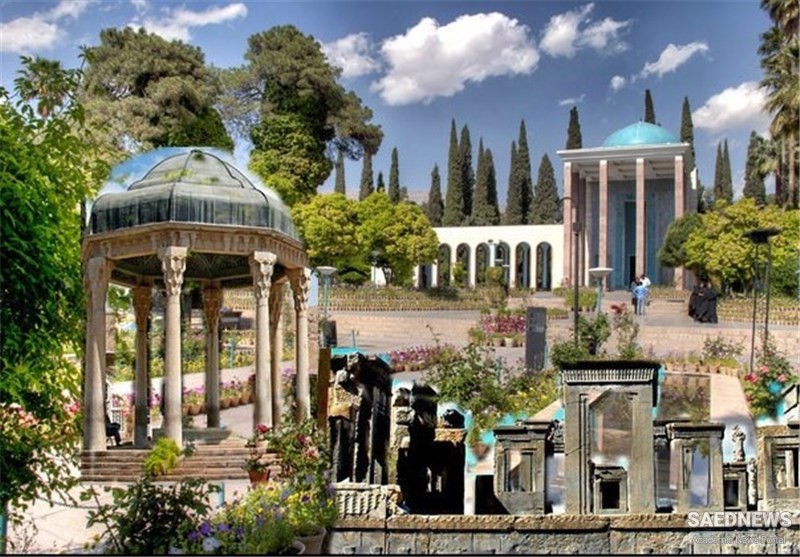Fars province is a vast land located in the southwest of Iran. In all over the province, you can see and feel the glory of Ancient Iranian culture and civilization. There are many monuments from pre-historical to the Islamic era within this province.
The center of Fārs is the city of Shiraz; you may have heard about its beautiful gardens. You have probably also heard of two famous poets of Shiraz: Hafez and Sa'adi. If you visit this province you will be fascinated by the glory of the great ancient Persian civilization.
One of the main tourist attractions of Fars is its foods and sweets. You can’t believe how much its people are professional in cocking colorful polo (Persian rice) such as Kalam Polo and Tahchin Shirazi (Shirazi Polo).
The famous dessert of Fars is Faludeh, and Shirazi salad ( salad Shirazi) is an Iranian salad that originated from Shiraz.
Mausoleum of Hafez
Hafez is one of the most prominent poets and mystics. His lyrics are still among the most-read and most-cited Persian poems. His tomb is located at the north of Shiraz in an area called Hafezieh which consists of two courtyards. Mausoleum of Hafez
is located in the northern courtyard in the center of a garden. Many other famous poets, mystics and scientists are buried next to his tomb.
Karīm Khān Citadel
Called Arg-e Karīm Khānī in Perisan, the structure was the royal palace of the Zand dynasty in Shiraz. It is made of bricks and high walls surround it. On each side of the citadel, there are towers bearing unique designs on the outer walls. On the portal of the entrance, the vanquishing of Div-e Sepid (White Devil) at the hand of legendary hero Rostam is illustrated using seven-colored tiles.
Mausoleum of Sa'adi
Sa'adi is one of the greatest Iranian poets and authors. A native of Shiraz, he spent many years of his life travelling around the world. His most famous books are Būstān and Golestān. His tomb is located in an area called Tange Saadi, a beautiful garden surrounds his tomb. It has been renovated by later kings and rulers.
The Mausoleum of Cyrus the Great
The mausoleum of Cyrus the Great is located outside Shiraz in a place called Dasht-e Marghāb. This mausoleum has a square structure, with a sloping roof on top of a six-layer platform made of white stones.
Shāh-e Cherāgh Holy Shrine
The holy shrine is the tomb of Shāh-e Cherāgh, Imam Mūsā Kāzem’s son who immigrated to Shiraz in 9th century C.E., and passed away there. In the time of Atābak Sa'd Ibn Zangi, a tomb and a dome were built on his grave. The complex has been renovated by the kings and the rulers of Shiraz during different periods of Shiraz’s history.
Eram Garden
Bāgh-e Eram is one of the most beautiful gardens in Iran. It is located in the city of Shiraz. There are different types of flowers and plants in this garden. The garden traces its history to the Seljuk era and was much enlarged during the subsequent years. These days, it is still a property of Shiraz University, and is open to the public as a museum, protected by Iran's Cultural Heritage Organization.
Lake Mahārlū
This lake with a surface area of 600 square kilometers is located 27 kilometers southeast of Shiraz. The water in this lake is very salty, cooking salt is obtained through special processes by local people. This area is a suitable habitat for different kinds of birds and animals.
Takht-e Jamshid
Known as Persepolis to the Greeks, the site contains ruins of the ceremonial capital of Achaemenid Empire. This UNSECO World Heritage Site is one of the most glorious historical complexes of Iran and the world. The structure was established at the foothills of Rahmāt mountain in the plain of Marvdasht as the capital city of the Achaemenid Empire by Darius I in 518 BC.


 History Creates Cuisine
History Creates Cuisine














































